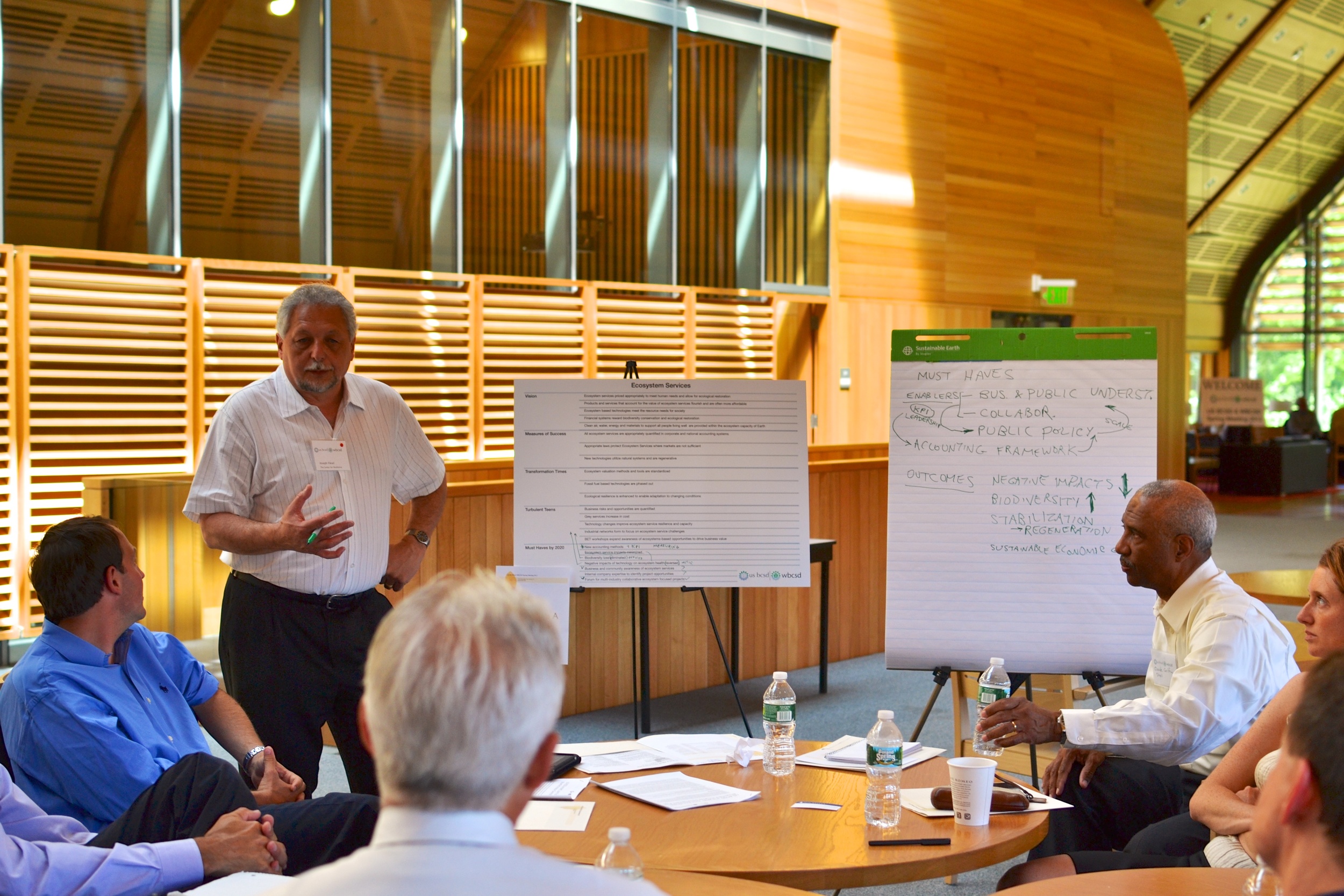A message from Peter Bakker, President, World Business Council for Sustainable Development:
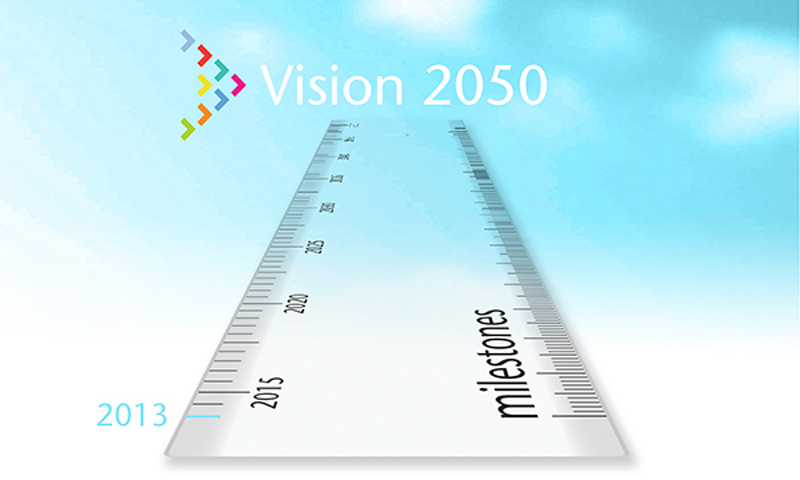
Let me start by wishing you a successful, inspiring and healthy 2013! It has been a year since I assumed the role of President at the WBCSD - a year that seems to have passed too quickly. I had the chance to meet many of you during my visits last year. I would like to thank those who participated in our Council Meeting in Seoul, South Korea, where we were honoured by the attendance of the United Nations Secretary-General, Ban Ki-moon, the Prime Minister of South Korea, Kim Hwang Sik and other senior officials from the host nation.
I concluded the meeting more convinced than ever that business has a leading role to play in tackling the issues that will define the future of humanity and this planet. I felt very encouraged that many of you share that sense of responsibility and that your companies are actively engaged in shaping our work programs.
However, there are major challenges that need to be tackled if we want to stay on course for a ‘world with 9 billion people living well, within the boundaries of the planet’. The world continues to face tough economic conditions which threaten to take over the global agenda. We cannot let that keep us from addressing the longer-term health of our companies, our societies and our planet. As I have said before, the days of raising awareness on sustainability are behind us. We need to take action and scale up quickly.
To define a focused path forward for all of us, Vision 2050 serves as a good starting point. In 2013 we will revise Vision 2050, update it, and prioritize the Must Haves based on scientific findings and social research. We will translate Vision 2050 into actionable and investable items for the medium term. Consequently, we are relaunching this project and you will receive a separate note inviting you to be part of the process. In order for Vision 2050 to be the guiding document for our collective work within the WBCSD - and ideally for all business - we must all participate in this project. Your input is essential as I envisage that the new Vision 2050 will also serve as a key membership criterion. Over the course of this year, you will see more communications from the team and from me personally as we shape this project together - all the way to its launch at the Council Meeting in Istanbul in November.
In the past year, I have also begun reshaping the WBCSD internally. The essence of our organisation remains as a global organisation of forward-thinking responsible businesses working together on creating sustainable solutions. New team members have joined and we are focusing on outcomes and actions. I am also striking an increasingly progressive tone in my messages to internal and external audiences. I urge all of you to engage actively in this dialogue, especially on the challenging issues. For example, we have launched the project on Reporting and Investing, despite the opinion of some that the subject would be too sensitive. The strong support we have received since the project was launched has proven otherwise.
Your continued support of our organisation is critical. We are aware that your agendas are very full, but the WBCSD is only relevant if you continue to devote your personal time and allow experts from your organisations to participate in our projects. Our commitment remains to provide the most professional support to the project work, making the most of your time and efforts.
With my best regards and the best wishes for 2013 from everyone in the WBCSD team,
Peter Bakker
President, WBCSD
 The US BCSD is headquartered in beautiful Austin, TX, and we're happy to have some wonderful friends and colleagues around the city. If you're in Central Texas, join Net Impact Austin for their June Green Drinks - Summer Celebration! Several community leaders will be in attendance at the event, including the US BCSD, which will take place from 6-8pm on Tuesday June 25th at Treehouse.
The US BCSD is headquartered in beautiful Austin, TX, and we're happy to have some wonderful friends and colleagues around the city. If you're in Central Texas, join Net Impact Austin for their June Green Drinks - Summer Celebration! Several community leaders will be in attendance at the event, including the US BCSD, which will take place from 6-8pm on Tuesday June 25th at Treehouse.

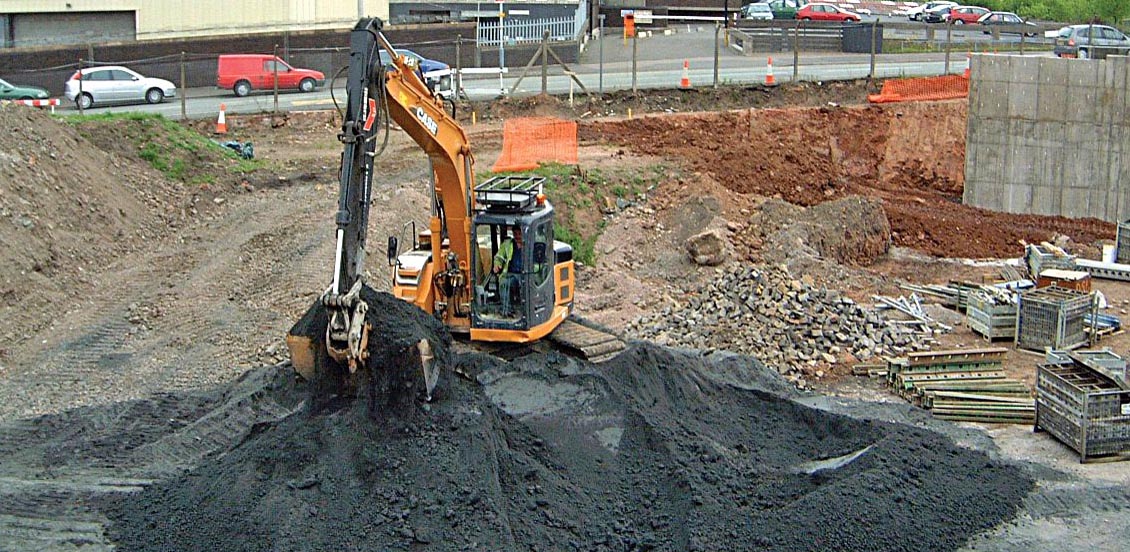

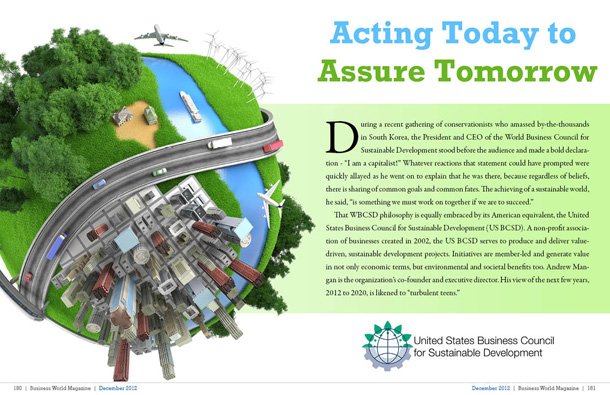

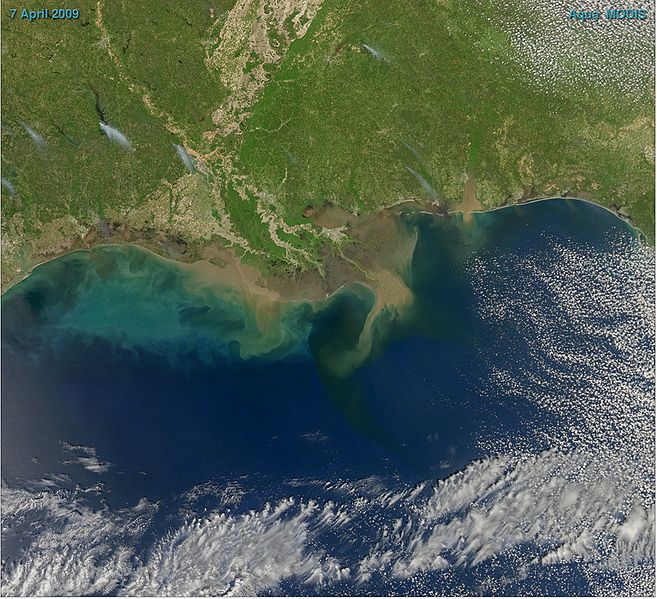 The Environmental Protection Agency has awarded the Louisiana Coastal Protection and Restoration Authority (CPRA) $100,000 to reduce hypoxia in the Gulf of Mexico. This area in the northern Gulf of Mexico is known as the ‘dead zone.’ The funds will be used to develop a statewide nutrient reduction strategy for Louisiana which adopts strategic elements identified in action plans of the Gulf of Mexico Alliance and the Gulf of Mexico Hypoxia Task Force.
Hypoxia means low oxygen and is primarily a problem in coastal waters. The Gulf of Mexico dead zone is an area of hypoxic waters at the mouth of the Mississippi River. Its area varies in size, but can cover up to 6,000 to 7,000 square miles. The zone occurs between the inner and mid-continental shelf in the northern Gulf of Mexico, beginning at the Mississippi River delta and extending westward to the upper Texas coast. The dead zone is caused by nutrient enrichment from the Mississippi River, particularly nitrogen and phosphorous.
The Environmental Protection Agency has awarded the Louisiana Coastal Protection and Restoration Authority (CPRA) $100,000 to reduce hypoxia in the Gulf of Mexico. This area in the northern Gulf of Mexico is known as the ‘dead zone.’ The funds will be used to develop a statewide nutrient reduction strategy for Louisiana which adopts strategic elements identified in action plans of the Gulf of Mexico Alliance and the Gulf of Mexico Hypoxia Task Force.
Hypoxia means low oxygen and is primarily a problem in coastal waters. The Gulf of Mexico dead zone is an area of hypoxic waters at the mouth of the Mississippi River. Its area varies in size, but can cover up to 6,000 to 7,000 square miles. The zone occurs between the inner and mid-continental shelf in the northern Gulf of Mexico, beginning at the Mississippi River delta and extending westward to the upper Texas coast. The dead zone is caused by nutrient enrichment from the Mississippi River, particularly nitrogen and phosphorous.